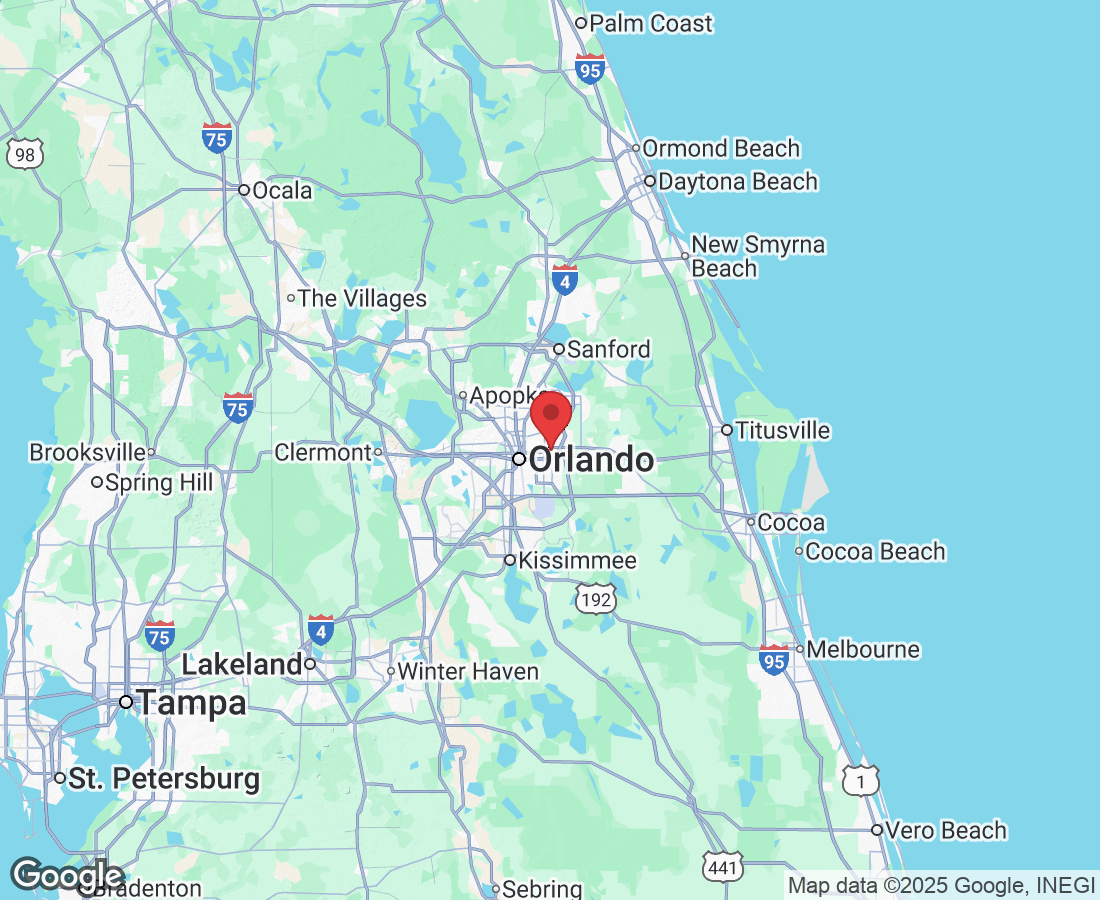Call or Text Us Today:
Blog
Our Mission
Shines Through Our Stories
Your go-to source for inspiration, information, and innovation in the world of solar solutions.

Save Money and Energy: How to Lower Your Water Heating Temperature in Florida
Tune into the Soligo Podcast to learn even more home energy tips and tricks.
Did you know that your water heater could be costing you hundreds of dollars in wasted energy each year? It's true! In fact, the Department of Energy reports that lowering your water heater temperature can save you 4-22% on your annual energy costs.
That's a significant chunk of change! But don't worry, I'm here to guide you through the simple process of lowering your water heating temperature. It's easier than you might think, and the benefits go beyond just saving money. Let's dive in and make 2024 the year you take control of your energy bills!
Understanding Your Water Heater Temperature
Before we jump into the how-to, it's crucial to understand the basics of water heater temperatures:
Default factory settings: Many water heaters come preset at 140°F, which is often higher than necessary.
The 140°F myth: This temperature is too high for most households, leading to wasted energy and increased risk of scalding.
Health and safety considerations: While higher temperatures can kill harmful bacteria, they also pose a significant scalding risk.
Energy consumption impact: Higher temperatures mean your water heater works harder, consuming more energy and inflating your utility bills.
Benefits of Lowering Water Heating Temperature
Adjusting your water heater temperature comes with numerous advantages:
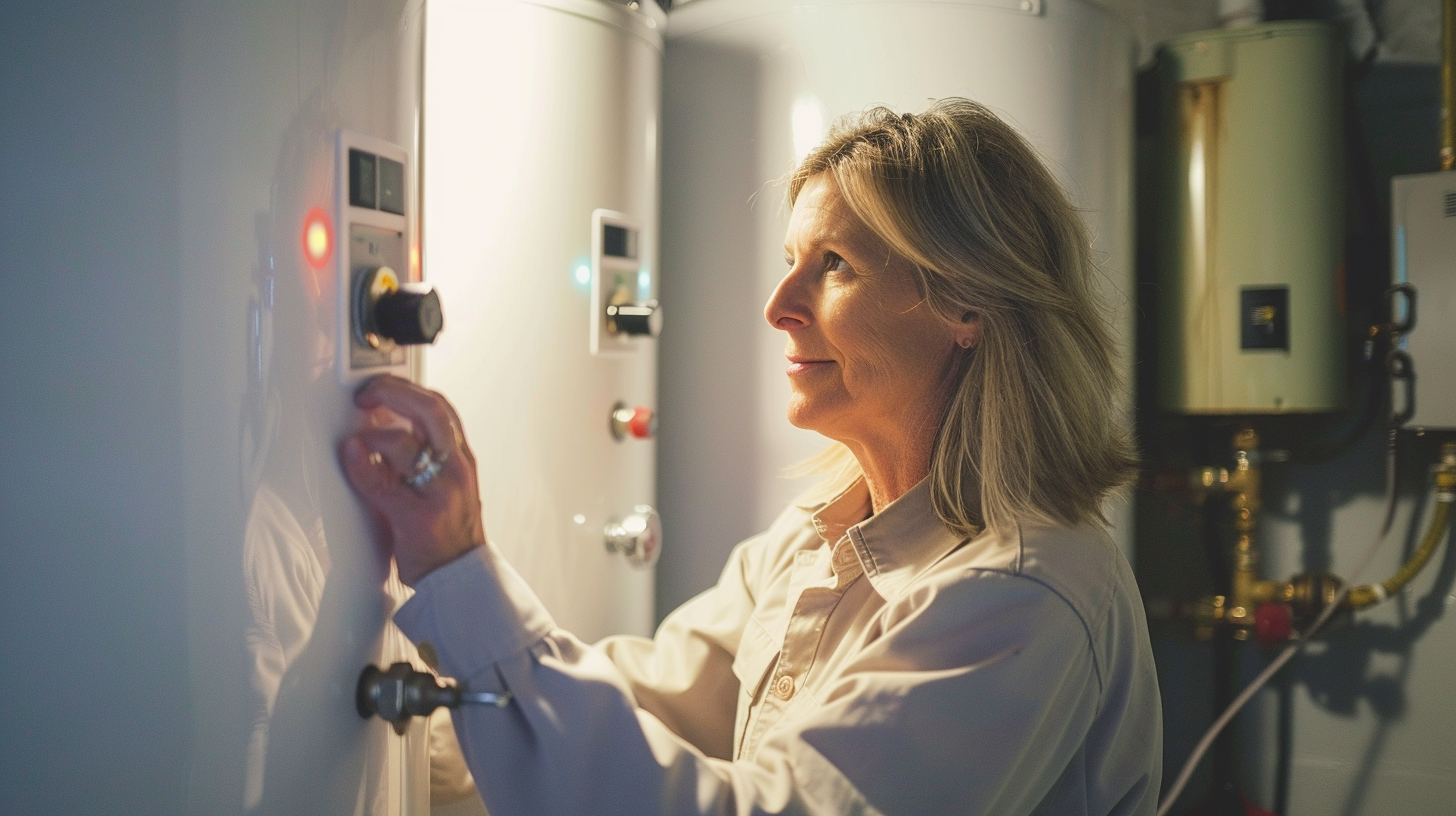
Significant energy savings: Lower temperatures mean less energy used, translating to lower bills.
Reduced scalding risk: Cooler water reduces the chance of accidental burns, especially for children and the elderly.
Extended water heater lifespan: Less strain on your system can lead to fewer repairs and a longer-lasting appliance.
Lower carbon footprint: Reduced energy consumption means a smaller environmental impact.
Step-by-Step Guide to Lower Water Heater Temperature
Now, let's get into the nitty-gritty of how to actually lower your water heater temperature:
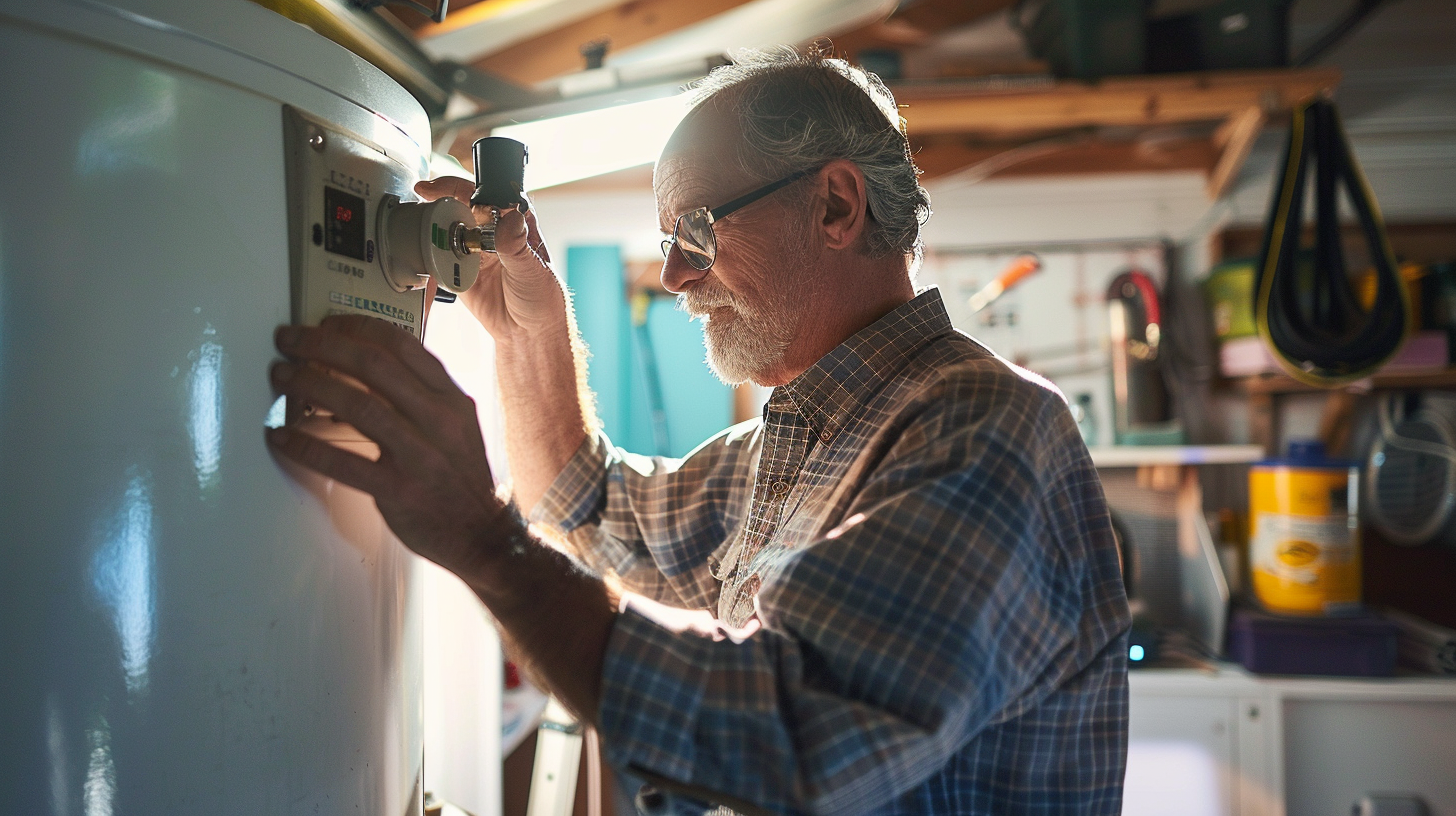
1. Locate Your Water Heater Thermostat
For tank-style heaters, look for an access panel on the side of the unit.
Tankless heaters often have a digital display for easy access.
2. Safety First!
Always turn off the power to your water heater before making any adjustments to avoid the risk of electric shock.
3. Measure Current Water Temperature
Run hot water from a faucet for a few minutes.
Use a thermometer to check the temperature.
4. Adjust the Thermostat Settings
For most households, 120°F is the optimal setting.
Turn the thermostat down in small increments.
5. Test and Fine-tune
Wait a few hours, then recheck the water temperature.
Make further adjustments if needed.
Special Considerations for Different Water Heater Types
Different water heaters may require slightly different approaches:
Gas vs. electric: Gas heaters often have a dial near the bottom, while electric ones might have two thermostats.
Tankless water heaters: These usually have easily accessible digital controls.
Heat pump water heaters: Often come with more advanced settings for optimal efficiency.
Solar water heating systems: May require professional adjustment to balance with backup heating elements.
Balancing Efficiency and Comfort: Finding Your Ideal Temperature
Finding the perfect temperature involves considering:
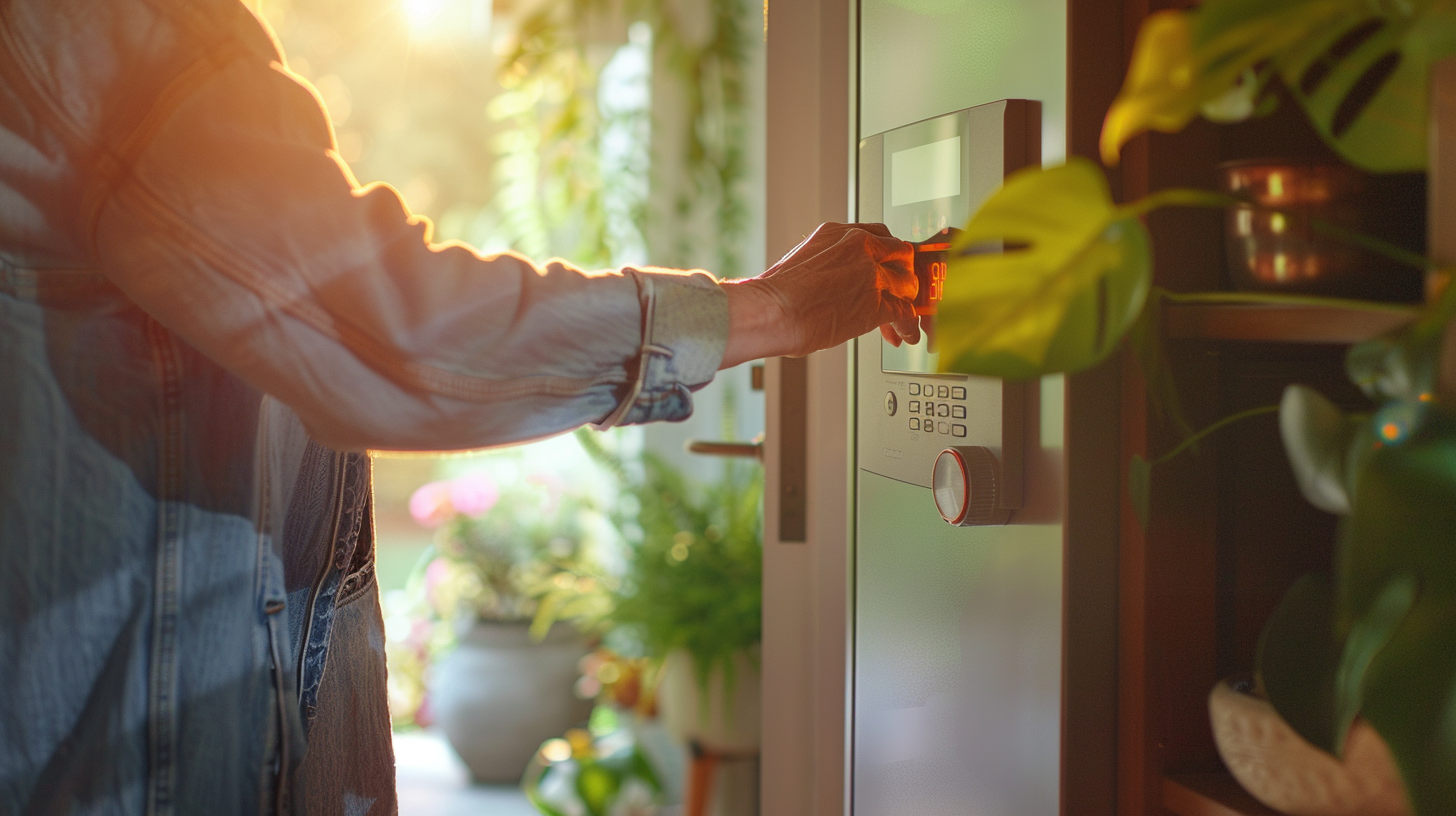
Household needs: Families with young children or elderly members might prefer slightly lower temperatures.
Seasonal adjustments: You might be able to lower temperatures even more in warmer months.
Smart controllers: Consider installing a smart controller for automated temperature management.
Complementary Energy-Saving Strategies for Water Heating
To maximize your savings, consider these additional steps:
Insulate your water heater and pipes: This reduces standby heat loss.
Install low-flow fixtures: Less hot water used means less energy consumed.
Regular maintenance: Flush your tank annually to remove sediment and improve efficiency.
Explore upgrades: Consider energy-efficient models when it's time to replace your water heater.
Conclusion
Lowering your water heating temperature is a simple yet powerful way to reduce your energy consumption and save money. By following the steps we've outlined, you can easily optimize your water heater settings for maximum efficiency and safety.
Remember, even small adjustments can lead to significant savings over time. So why wait? Take action today and start enjoying the benefits of a more energy-efficient home. Your wallet – and the planet – will thank you!
Start Your Soligo Solar Project
Join The Solar Revolution!
Is your roof ready for a day job? Transform your empty roof into a solar powerhouse today!
Join the Conversation
Make Your Voice Matter
Engage with us on social media and be part of the discussion that’s shaping a sustainable future. We're not just a company; we're a movement. With over a decade of industry expertise, our leadership team is committed to integrity, innovation, and global impact. Join us on this journey as we empower homes across America with the sun!
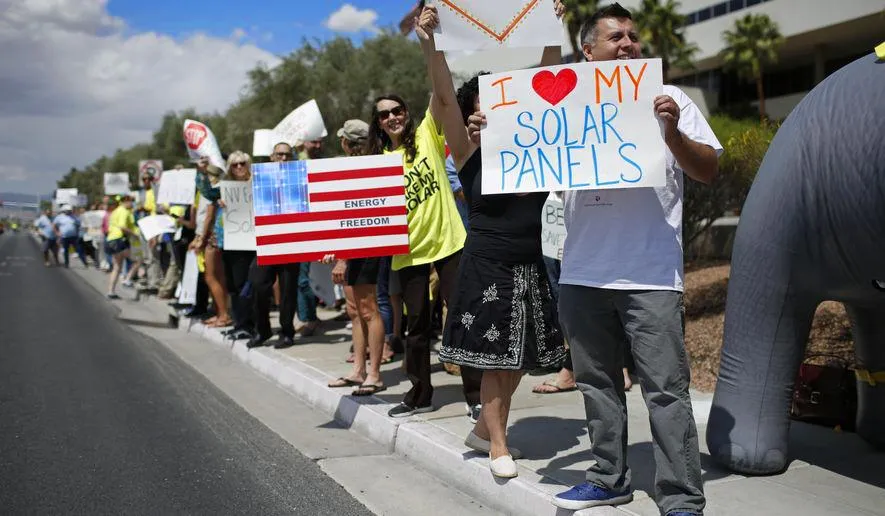
Soligo Newsletter
Subscribe For Breaking Solar News

